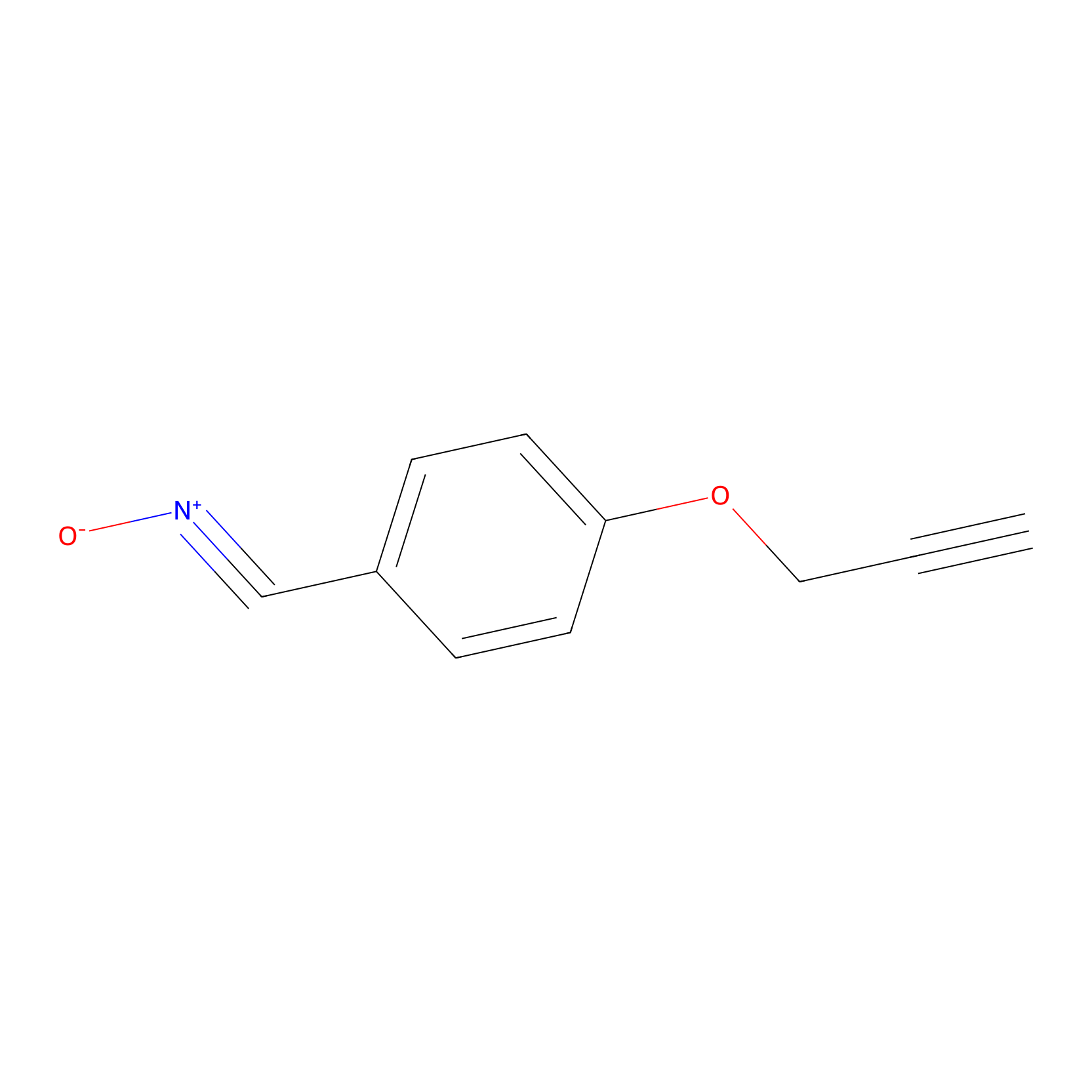Details of the Target
General Information of Target
| Target ID | LDTP15564 | |||||
|---|---|---|---|---|---|---|
| Target Name | piRNA biogenesis protein EXD1 (EXD1) | |||||
| Gene Name | EXD1 | |||||
| Gene ID | 161829 | |||||
| Synonyms |
EXDL1; piRNA biogenesis protein EXD1; Exonuclease 3'-5' domain-containing protein 1; Exonuclease 3'-5' domain-like-containing protein 1; Inactive exonuclease EXD1 |
|||||
| 3D Structure | ||||||
| Sequence |
MSRQLSRARPATVLGAMEMGRRMDAPTSAAVTRAFLERGHTEIDTAFLYSDGQSETILGG
LGLRMGSSDCRVKIATKANPWIGNSLKPDSVRSQLETSLKRLQCPRVDLFYLHAPDHSAP VEETLRACHQLHQEGKFVELGLSNYAAWEVAEICTLCKSNGWILPTVYQGMYSATTRQVE TELFPCLRHFGLRFYAYNPLAGGLLTGKYKYEDKDGKQPVGRFFGTQWAEIYRNHFWKEH HFEGIALVEKALQAAYGASAPSMTSAALRWMYHHSQLQGAHGDAVILGMSSLEQLEQNLA AAEEGPLEPAVVDAFNQAWHLFAHECPNYFI |
|||||
| Target Bioclass |
Other
|
|||||
| Family |
EXD1 family
|
|||||
| Subcellular location |
Cytoplasm
|
|||||
| Function |
RNA-binding component of the PET complex, a multiprotein complex required for the processing of piRNAs during spermatogenesis. The piRNA metabolic process mediates the repression of transposable elements during meiosis by forming complexes composed of piRNAs and Piwi proteins and governs the methylation and subsequent repression of transposable elements, preventing their mobilization, which is essential for the germline integrity. The PET complex is required during the secondary piRNAs metabolic process for the PIWIL2 slicing-triggered loading of PIWIL4 piRNAs. In the PET complex, EXD1 probably acts as an RNA adapter. EXD1 is an inactive exonuclease.
|
|||||
| Uniprot ID | ||||||
| Ensemble ID | ||||||
| HGNC ID | ||||||
Probe(s) Labeling This Target
ABPP Probe
| Probe name | Structure | Binding Site(Ratio) | Interaction ID | Ref | |
|---|---|---|---|---|---|
|
W1 Probe Info |
 |
E106(0.00); R112(0.00) | LDD0236 | [1] | |
The Interaction Atlas With This Target
